Credentialing Best Practices
Much like the way the engine is the most necessary part for a car to drive down the street - credentialing is the most necessary piece for your practice to get paid for the claims you submit to insurance. Without effective and efficient credentialing, your practice’s bank account is going to stall shortly after it rolls out of the parking lot. It is that pivotal to your success!
So what can you do to ensure your credentialing is in working order?
1. Ensure accurate effective dates:
Knowing the effective date of a contract or a provider’s participation date is a critical piece of the credentialing process. This will ensure your claims are paid and avoid unnecessary denials.
Do not bill a new payer contract until you have confirmed the effective date. If you bill claims with dates of service prior to receiving your fully executed contract, you will surely receive denials that won’t uphold appeals.
Be sure to inquire with the payer about backdating of effective dates. If you know an effective date will be backdated to today’s date (or potentially earlier), you can treat patients in the meantime and hold the claims while waiting for the credentialing approval.
2. Ensure proper time frame for credentialing:
Familiarize yourself with the time frames it takes to receive approval for credentialing and re-credentialing. These time frames vary widely payer to payer.
Ask for confirmation of receipt when submitting an application. Follow up every 2 days until confirmation is received.
After you’ve received confirmation of receipt, follow up every 2 weeks until approval is received.
Keep a spreadsheet to organize progress, follow up intervals, and responses.
Set reminders to ensure no follow ups are missed!
3. Ensure billing and credentialing departments are communicating:
Your billing and credentialing departments should have a solid process in place for communicating credentialing status’ and how that directly affects the submission of claims.
It’s essential that your credentialing department shares all crucial information, including: pending, approved, and terminated credentialing status’; claims that need to be held and when those claims are okay to be submitted; and contract intricacies to ensure that the EMR and claims reflect the contract details.
Do you think your credentialing could use some fine tuning? Don’t let a bad mechanic operate on your credentialing engine! Contact LRS today to see how we can improve your processes and cash flow!

